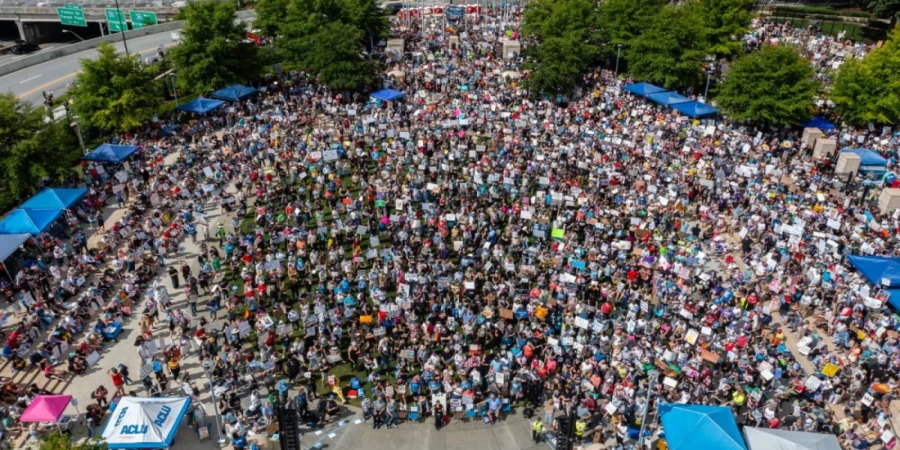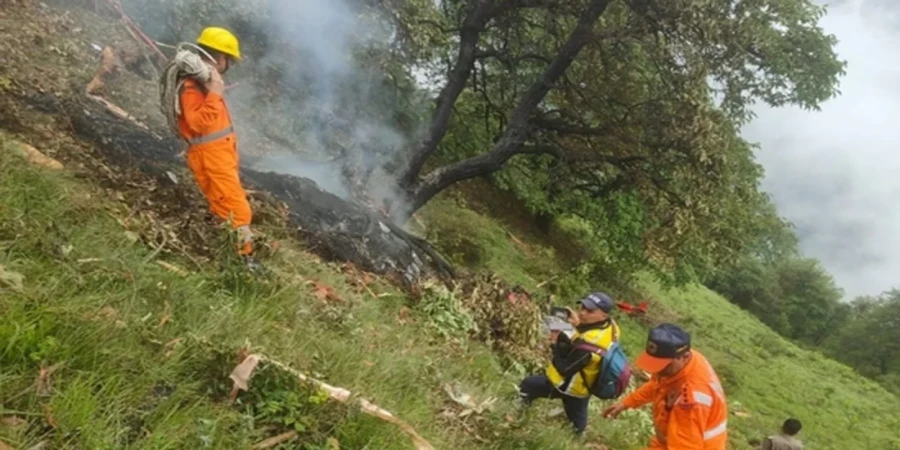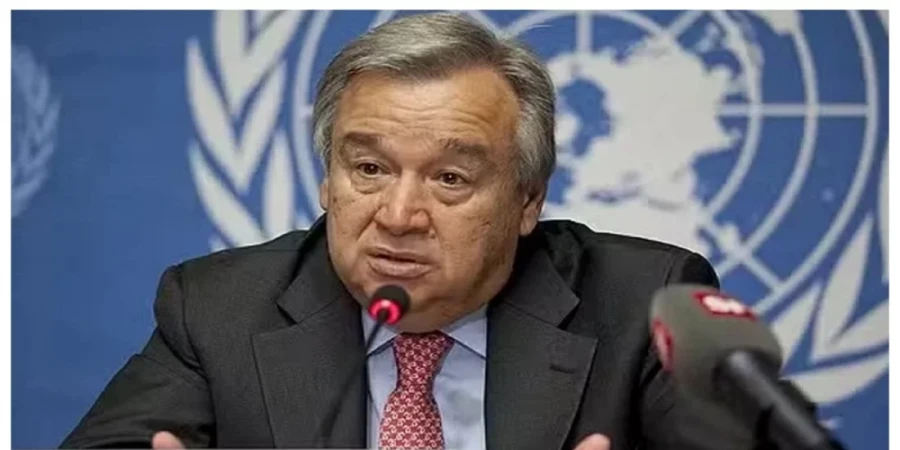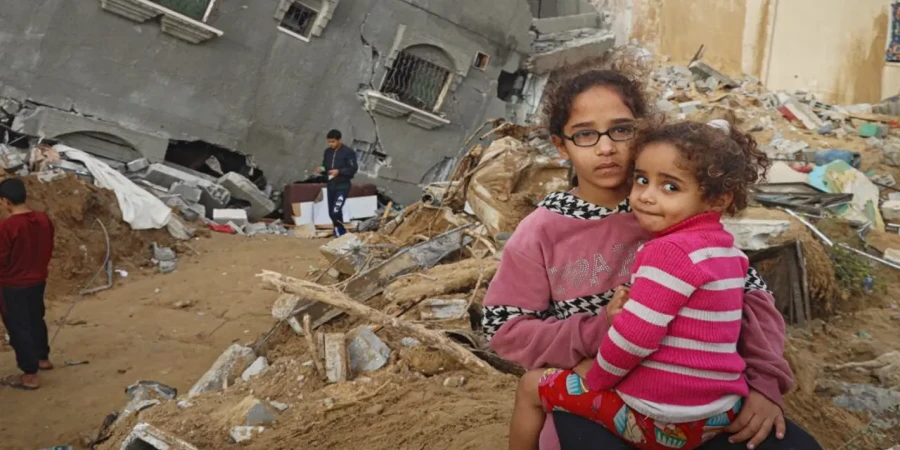
ছবি: Photo: Collected
Organized by the 'No Kings' movement, the demonstrations condemn President Trump’s authoritarian tendencies, as critics label the military parade a costly display of personal vanity.
Mass protests erupted across the United States in response to a military parade held in Washington, D.C., under the leadership of President Donald Trump. The demonstrations were spearheaded by a civic group called "No Kings," which described the movement as a stand against what they perceive as Trump’s increasingly autocratic leadership style. The protest coincided with Trump’s birthday on Saturday, June 14, and occurred against the backdrop of the 250th anniversary of the U.S. Army.
While the parade was officially presented as a patriotic celebration, critics argued it served more as a personal vanity project for the President. Many expressed concerns over the massive expenditure involved in organizing the event. Trump had issued prior warnings that any attempts to disrupt the parade would be met with severe action, a statement that further inflamed tensions ahead of the nationwide demonstrations.
In major cities like New York, Philadelphia, and Houston, thousands of protestors gathered carrying American flags and anti-Trump placards. Organizers from the "No Kings" campaign claimed that more than a million individuals participated across hundreds of cities. Their primary message centered around the defense of democracy and civil liberties, which they argued were under threat.
In Philadelphia’s Love Park, a 61-year-old nurse named Karen Van Trieste voiced her concerns. She said that Trump's health care budget cuts were endangering lives, and emphasized the need for collective resistance to protect democratic values. Her sentiments echoed those of many others who viewed the parade not as a symbol of national pride but as an attempt to glorify a leader who has been increasingly criticized for undermining democratic norms.
Los Angeles witnessed one of the largest gatherings during the protests, spurred in part by recent federal immigration raids carried out under the Trump administration. The deployment of the National Guard in defiance of the state governor’s objections added to the local anger. Demonstrators criticized the president's hardline immigration policies, which have seen families separated and undocumented individuals targeted.
Jose Azetkala, a member of the civil rights organization Brown Berets, condemned the administration’s actions as inhumane. He stressed that breaking up families is not only cruel but unjustifiable. Tensions escalated near the federal building in Los Angeles where clashes broke out between protestors and the National Guard. Security forces used tear gas to disperse the crowds, though peaceful demonstrations continued just a block away.
Despite the scale of the protests, public opinion remains divided on Trump’s immigration policies. A recent CBS/YouGov poll revealed that 54 percent of Americans support his stance on deporting undocumented immigrants, while 46 percent oppose it. Furthermore, 42 percent of respondents indicated they feel safer due to these policies, and 53 percent believed that the government was prioritizing the removal of dangerous individuals.
The military parade itself featured thousands of uniformed soldiers, tanks, military vehicles, and marching bands. Addressing the assembled troops, President Trump declared that American soldiers never surrender and always fight to win. While some attendees welcomed the display of military pride, many former military officials and analysts labeled it as excessive and politically motivated.
The U.S. Army estimated the cost of the parade to be between $25 million and $45 million. Vietnam War veteran Melvin Graves, who attended the event, expressed mixed feelings. While he appreciated the recognition of military service, he acknowledged that the event carried undeniable political undertones.
The last major military parade in the United States took place in 1991 under President George H. W. Bush, celebrating victory in the Gulf War. That event drew a crowd of around 800,000 people. In contrast, the turnout for Trump’s parade was significantly lower, largely due to heavy rainfall in Washington, D.C., on the day of the event.
Security analysts criticized the symbolism of simultaneously celebrating the military with a parade while deploying troops to suppress domestic protest. Barbara Starr, a prominent defense commentator, noted that such conflicting imagery could send an unsettling message, especially during a time of intense national debate over immigration and civil liberties.
In Minnesota, several events organized by the “No Kings” movement were canceled after police discovered flyers linked to the movement in the vehicle of a man accused of murdering a female politician and her husband. Although Governor Tim Walz urged a temporary pause on public demonstrations in the state, thousands still took to the streets, underscoring the depth of public frustration.
The protests marked one of the largest nationwide mobilizations against Trump since his reelection campaign began. Demonstrators vowed to continue resisting what they view as an erosion of democratic institutions and civic freedoms. With tensions high and both political and social divisions deepening, the U.S. appears headed into a volatile political season, with the military parade controversy serving as a fresh flashpoint in the ongoing national debate.
repoter





